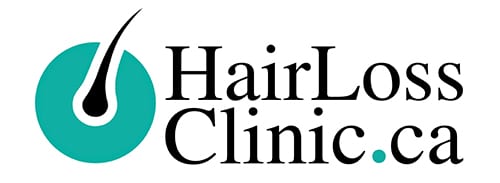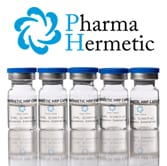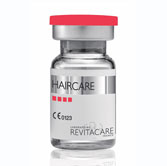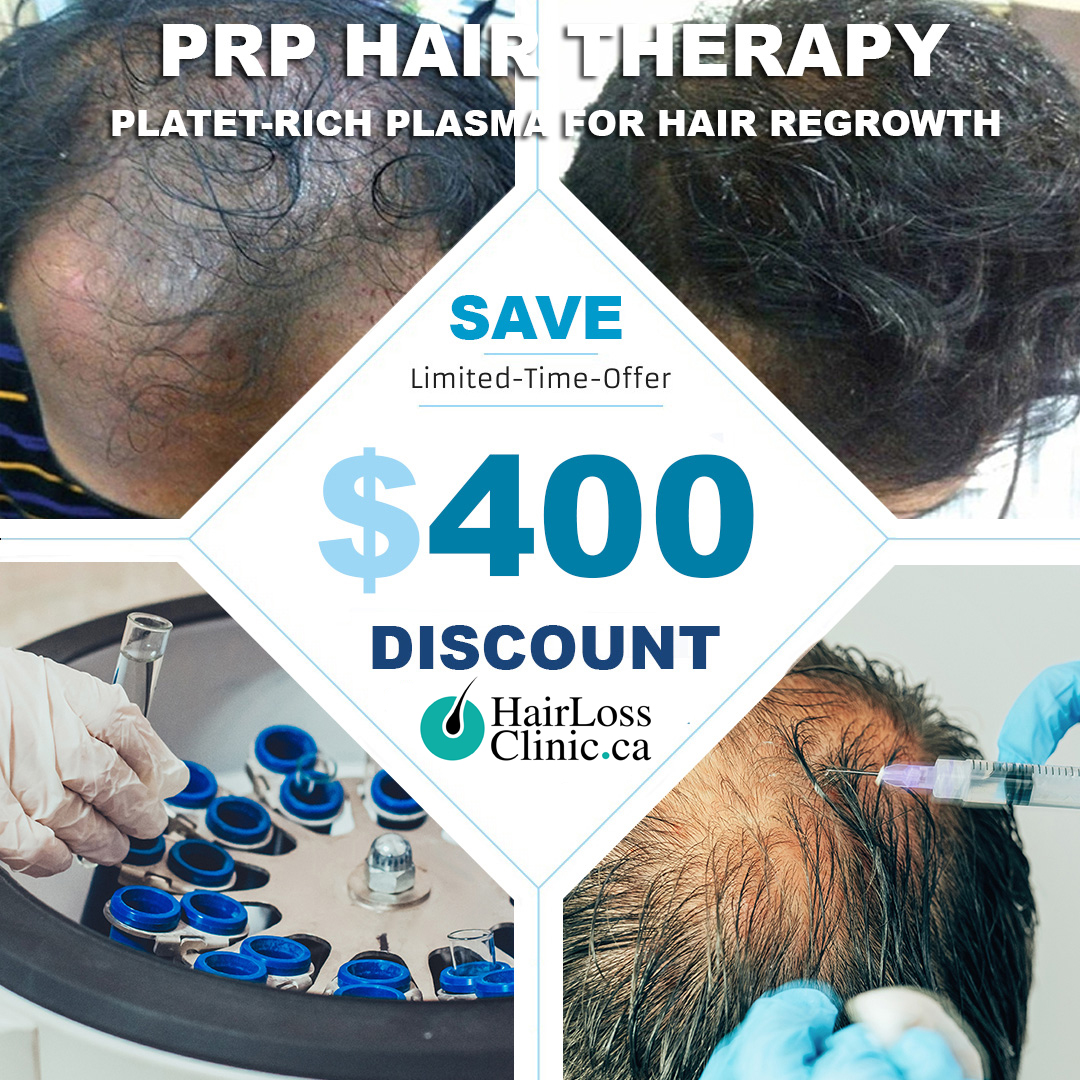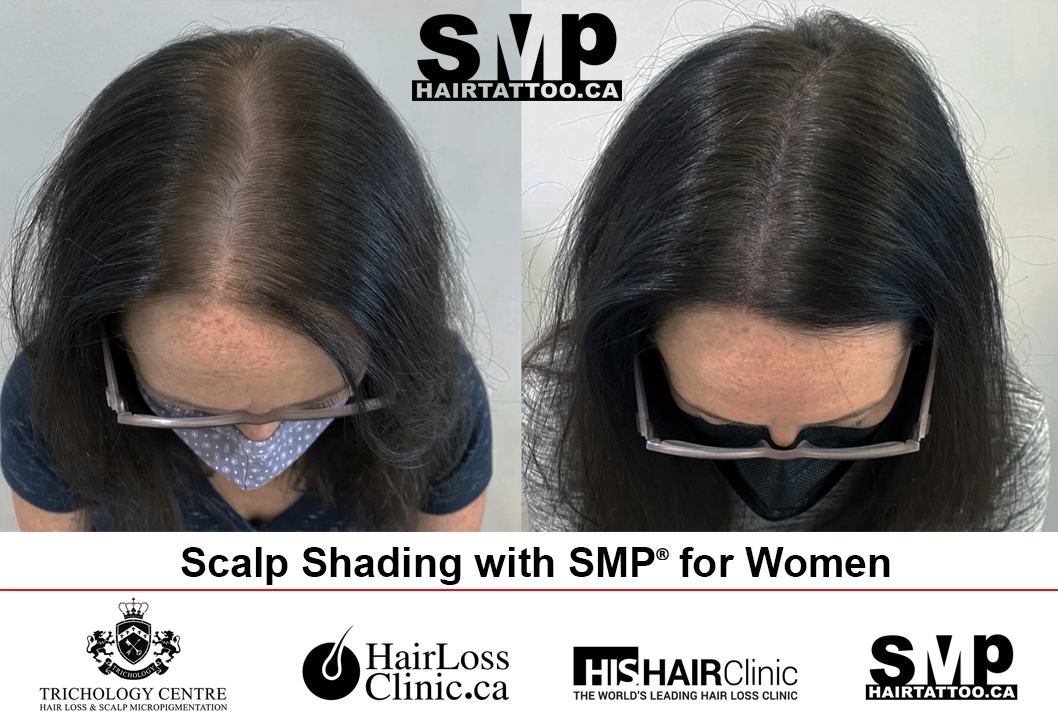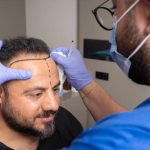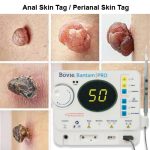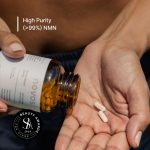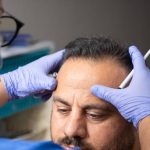Table of Contents
PRP Treatment – Trichology Centre
PRP treatment is a type of procedure that involves injecting a concentration of a person’s platelets into their scalp. The goal of PRP treatment for hair loss is to stimulate hair growth and improve the thickness and overall quality of the hair.
PRP treatments are typically performed in a doctor’s office or clinic. During the procedure, a small amount of blood is drawn from the person’s arm and then processed to isolate the platelets. PRP is then injected into the scalp in the areas where hair loss is occurring.
Some people may experience mild pain or discomfort during the procedure, but it is generally well-tolerated. There may be some swelling or redness at the injection site after the treatment, but these side effects should resolve within a few days.
Some studies have shown that PRP may help promote hair growth in people with certain types of hair loss, but more research is needed to determine its long-term effects and establish guidelines for its use. Therefore, discussing the potential risks and benefits with a qualified healthcare provider is essential if considering PRP treatment for hair loss.
How many PRP are needed to regrow hair?
The number of PRP (platelet-rich plasma) treatments needed to regrow hair will vary depending on the individual and the severity of their hair loss. Most people will generally need a series of PRP treatments to achieve optimal results. The number of treatments required may range from three to six, spaced about four to six weeks apart.
How much is PRP hair treatment?
The cost of PRP hair treatment will vary depending on a few factors, including the location of the treatment, the number of treatments needed, and the experience and qualifications of the healthcare provider performing the procedure. PRP treatments can cost anywhere from a few hundred to several thousand dollars per session. PRP hair treatments at Hair Loss Clinic are between $397 and $597, depending on your package.
Is PRP effective for hair loss?
It is also important to remember that PRP treatment is not a one-size-fits-all solution and may not be effective for everyone. For example, some people may experience little to no improvement in their hair growth after receiving PRP treatment, while others may see more dramatic results. Therefore, discussing PRP treatment’s potential risks and benefits with a qualified healthcare provider is essential before deciding whether it is the right option for you. They will be able to assess your situation and help you determine if PRP treatment is likely effective in your case.
When was PRP invented?
PRP treatment was first developed in the 1970s for surgery to help promote healing and reduce the risk of infection in surgical wounds. However, it was later discovered that PRP could be used to improve hair quality and stimulate hair growth, and it has been used for this purpose in various forms since the late 1990s.
It is difficult to identify a specific person or group who can be credited with inventing PRP treatment for hair loss, as the development of the procedure was the result of a collaborative effort involving many different researchers and healthcare professionals over several decades.
What are the side effects of PRP treatments for hair loss?
PRP hair treatment for hair loss is generally considered a safe procedure with few side effects. Some people may experience mild discomfort or pain during the procedure, but this is usually well-tolerated. Other potential side effects may include swelling, redness, or bruising at the injection site, which should resolve within a few days.
What is the hair loss treatment like for PRP?
PRP hair loss treatment involves injecting a concentration of a person’s platelets into their scalp to stimulate hair growth and improve the thickness and overall quality of the hair. The procedure is typically performed in a doctor’s office or clinic and involves the following steps:
- Blood is drawn from the person’s arm and placed in a centrifuge, a machine that spins the blood at high speeds to separate the different components.
- The platelets are isolated from the other blood components and concentrated into a small plasma volume.
- The platelets are injected into the scalp in the areas where hair loss is occurring.
- The injections are typically given in a grid-like pattern across the treatment area.
- The procedure is usually well-tolerated, but some people may experience mild discomfort or pain during the injections.
Is PRP permanent?
The effects of PRP treatment for hair loss are not permanent, and the treatment will need to be repeated periodically to maintain the results. The frequency of treatment will vary depending on the individual and the severity of their hair loss, but most people will need to undergo PRP treatment every four to six months to maintain the results.
FREE ONLINE HAIR LOSS ASSESSMENT Toronto Trichology Centre | Hair Loss Clinic
Comments are closed.
